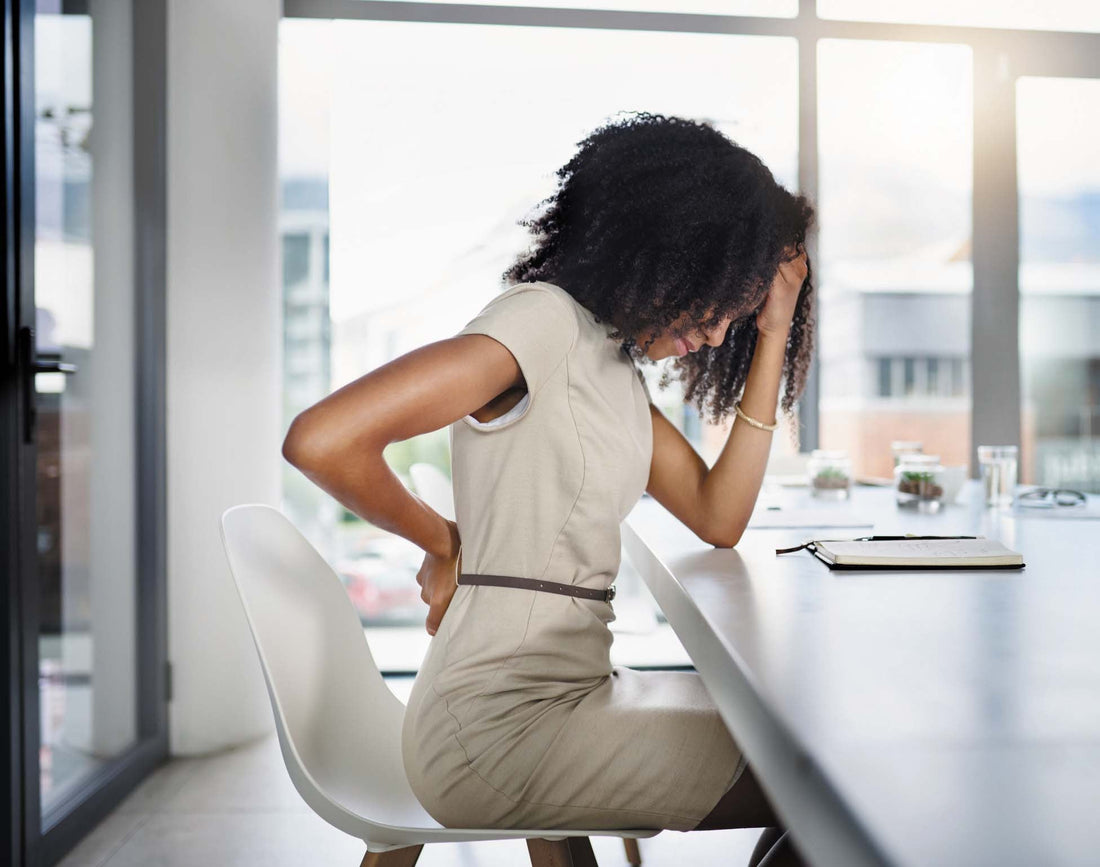
Why Your Core Muscles Are Wasting Away - and What to Do About It
Share
If you sit most of the day—whether at a desk, in a car, or slouched on the couch—you’re not just putting your posture at risk. You’re quietly killing your core strength.
What Sitting Does to Your Core
Your core isn’t just your abs. It’s a group of deep muscles wrapping around your torso, including the transverse abdominis, obliques, and muscles around your spine and pelvis. They stabilize your body, help you stay upright, and support nearly every movement you make.
When you sit for hours:
-
Your hip flexors shorten and tighten.
-
Your glutes go offline.
-
Your abs disengage.
-
Your lower back picks up the slack, which leads to pain and dysfunction.
Your body adapts to what you repeatedly do. If all you do is sit, it will get very good at… sitting—and very bad at moving, lifting, bending, twisting, and standing for long periods.
Why a Weak Core Is a Big Deal
A weak core doesn’t just mean you can’t do sit-ups. It means:
-
More back pain.
-
Poor balance.
-
Limited mobility.
-
Higher injury risk when you do try to move.
Even walking becomes less efficient when your core isn't pulling its weight.
You Can’t Just “Go to the Gym” and Fix It
Doing some crunches three times a week won’t undo 40+ hours of sitting. You need to rethink how you live, not just how you work out.
What Actually Helps
-
Switch Positions Often
Sitting for 8 hours straight is the enemy. Get up at least once every 30–60 minutes. Walk around, stretch, squat, anything. -
Use Unstable Seating
Try a balance stool, wobble cushion, or even a large exercise ball for short periods. These force your core to stay active while you sit. -
Do Smart Core Work
Skip endless crunches. Go for planks, bird dogs, dead bugs, and controlled rotational movements. Slow and steady beats fast and sloppy. -
Walk Daily
Walking isn’t just cardio—it’s core activation with every step. Swing your arms and walk briskly to fire up your stabilizers. -
Train Your Glutes and Hips
Deadlifts, glute bridges, squats, and hip thrusts support your core by strengthening the foundation it’s built on.
Bottom Line
Your chair might be comfortable, but it’s quietly eroding your core strength and overall health. The fix isn’t complicated—it’s consistency. Start making small changes, move more during the day, and build the kind of strength that actually supports how you live.
